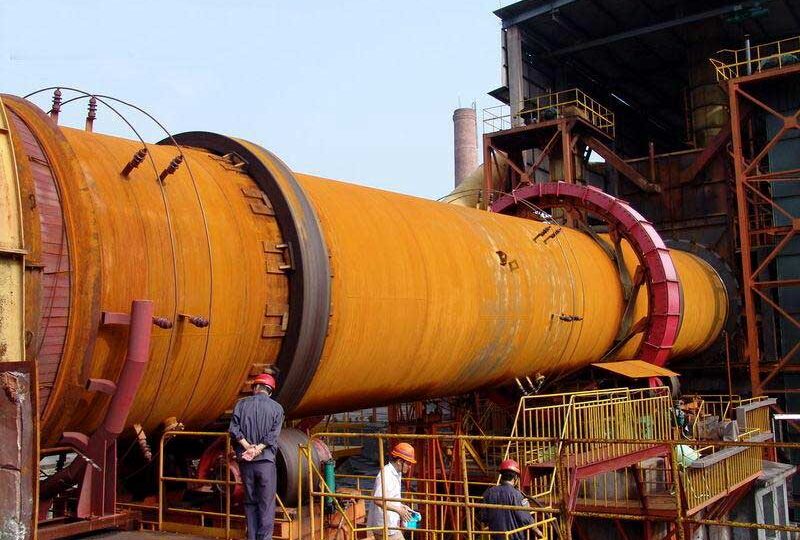In the realm of industrial machinery, few innovations rival the versatility and indispensability of the rotary kiln. From cement production to chemical processing, these cylindrical vessels play a pivotal role in a myriad of industries. Join us as we delve into the intricacies of rotary kiln manufacturing, exploring its components, applications, advantages, and the art of its design and production.
What is a Rotary Kiln and Its Main Components:
- Shell: The outer cylindrical structure that contains the materials undergoing thermal treatment.
- Refractory Lining: Insulating layers that protect the shell from intense heat and chemical reactions.
- Riding Rings and Rollers: Support mechanisms that maintain the kiln’s stability and rotation.
- Drive Gear: Powers the rotation of the kiln, ensuring uniform processing of materials.
- Burner: Introduces fuel and air into the kiln to initiate and sustain combustion.
Industries That Use Rotary Kilns:
The versatility of rotary kilns finds application across diverse industries, including:
- Cement Production: Calcination of raw materials to produce clinker.
- Mining and Minerals: Roasting ores to extract metals, such as nickel and zinc.
- Chemical Processing: Thermal decomposition and synthesis of various compounds.
- Environmental Remediation: Incineration of hazardous wastes.
- Agriculture: Drying and processing agricultural products, like lime and fertilizer.
Advantages of Rotary Kilns Over Other Types of Industrial Kilns:
Rotary kilns offer several distinct advantages over alternative industrial kilns, including:
- High Temperature Capability: Capable of reaching temperatures exceeding 1,800°C, facilitating a wide range of thermal processes.
- Continuous Operation: Enables uninterrupted processing of materials, resulting in higher productivity.
- Versatility: Accommodates various feedstocks and materials, from powders to aggregates.
- Uniform Heating: Ensures consistent thermal treatment, minimizing product variations.
- Scalability: Available in a range of sizes to suit different production capacities and space constraints.
Key Considerations When Designing and Manufacturing a Rotary Kiln:
Designing and manufacturing a rotary kiln require meticulous attention to detail and expertise. Key considerations include:
- Material Selection: Choosing refractory materials with high thermal conductivity and resistance to chemical corrosion.
- Heat Transfer Optimization: Designing the kiln’s internal configuration to maximize heat transfer efficiency.
- Mechanical Integrity: Ensuring structural integrity and alignment to prevent deformations and mechanical failures.
- Energy Efficiency: Incorporating heat recovery systems and optimizing combustion processes to minimize energy consumption.
- Environmental Compliance: Adhering to emission standards and implementing pollution control measures to mitigate environmental impact.
Conclusion:
As a cornerstone of industrial processing, rotary kilns stand as testaments to human ingenuity and engineering prowess. Their ability to transform raw materials into valuable products across a spectrum of industries underscores their significance in the modern world. By understanding the intricacies of rotary kiln manufacturing and its applications, we unlock new avenues for innovation and progress in industrial processes.



